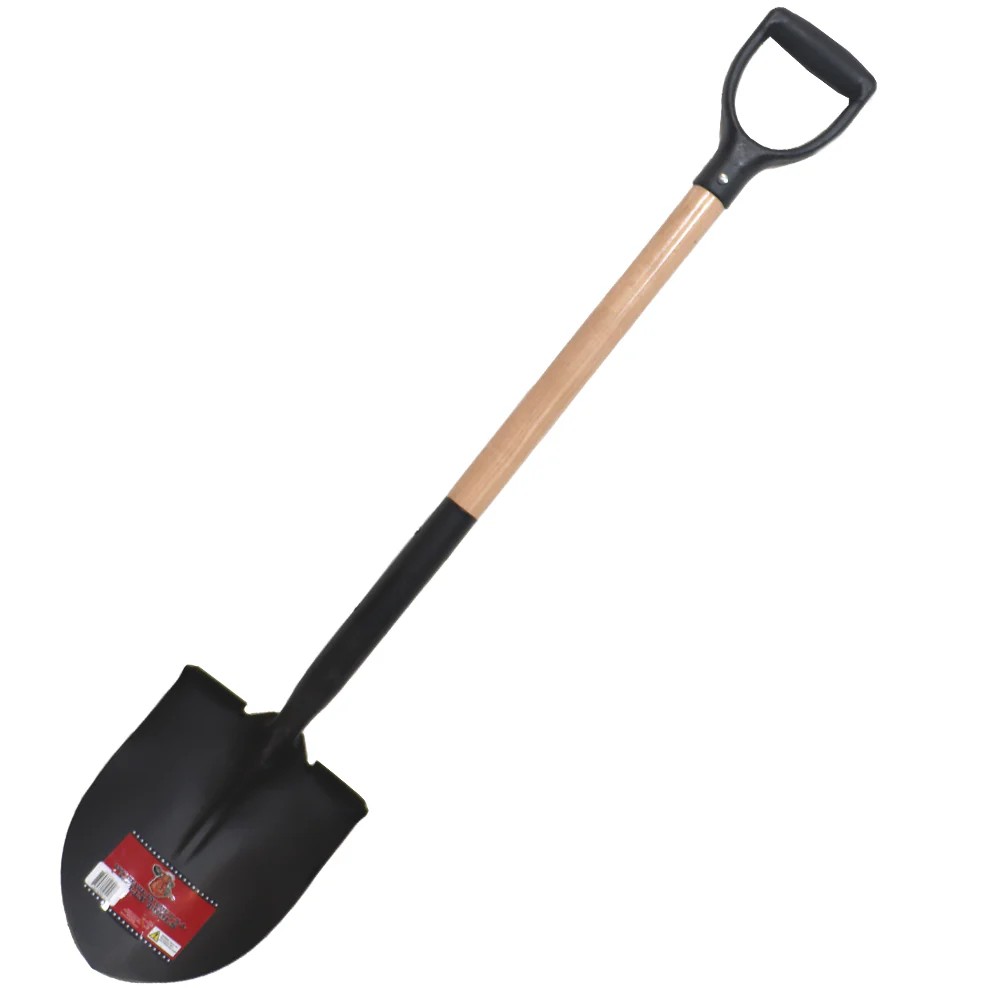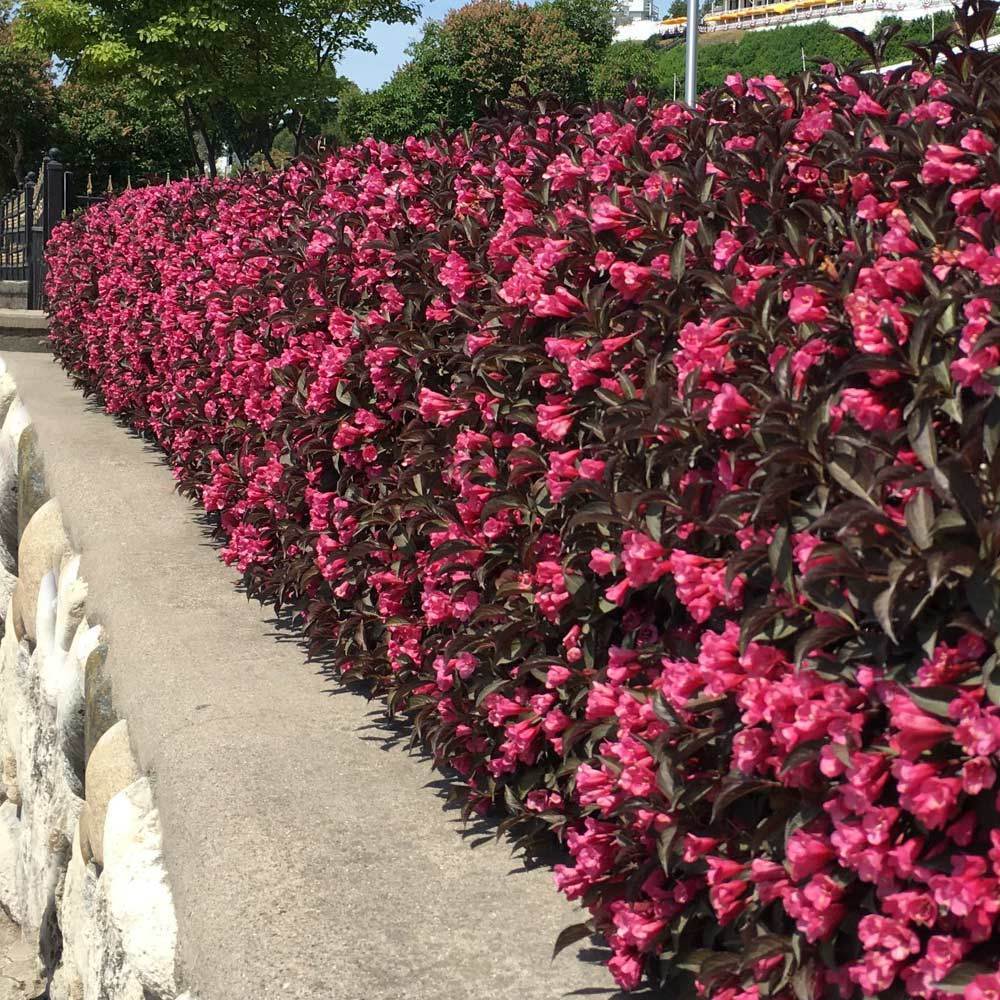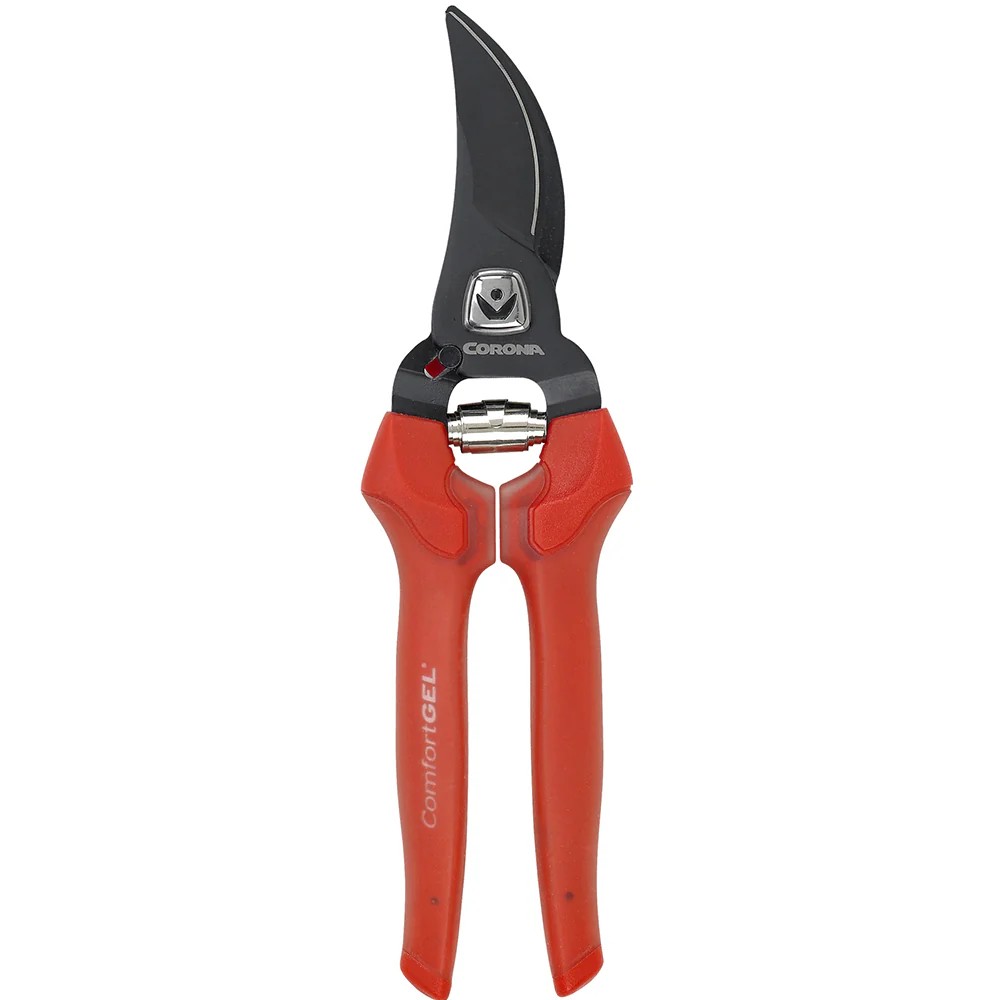Best viburnum companion plants – 5 perfect plants to pair with your favorite flowering shrubs this year
Show off your viburnum shrubs with these impactful companion plants
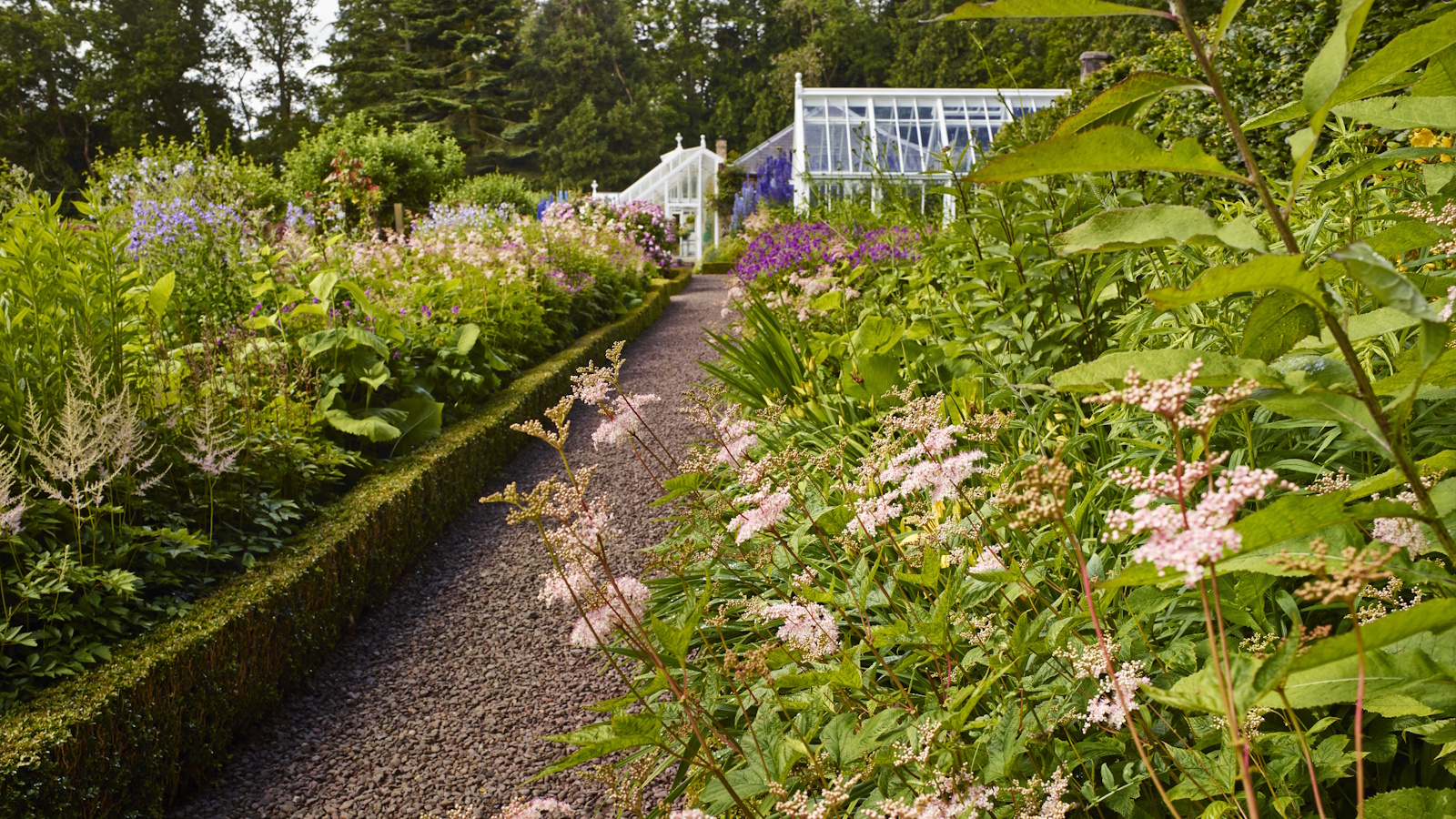

Over my time working as a gardener, I’ve planted many different Viburnum species. From the evergreen Viburnum tinus to the pink-flowering Viburnum davidii, both of which have unrivalled scent, these are spectacular shrubs that can provide that height and structure in borders.
With over 150 species and countless cultivars, you are sure to find a species to suit your tastes and needs. And, while they look good as statement shrubs in isolation, I actually think viburnums do best when surrounded by companion plants that add contrast in colour and texture.
So, maybe you already have an established shrub or you might be planning to plant one this year, but choosing one, two or more of the best viburnum companion plants will really help tie your space together. From red-twig stems to vibrant flowering shrubs, these are five plants I’d consider pairing with viburnums in my yard.
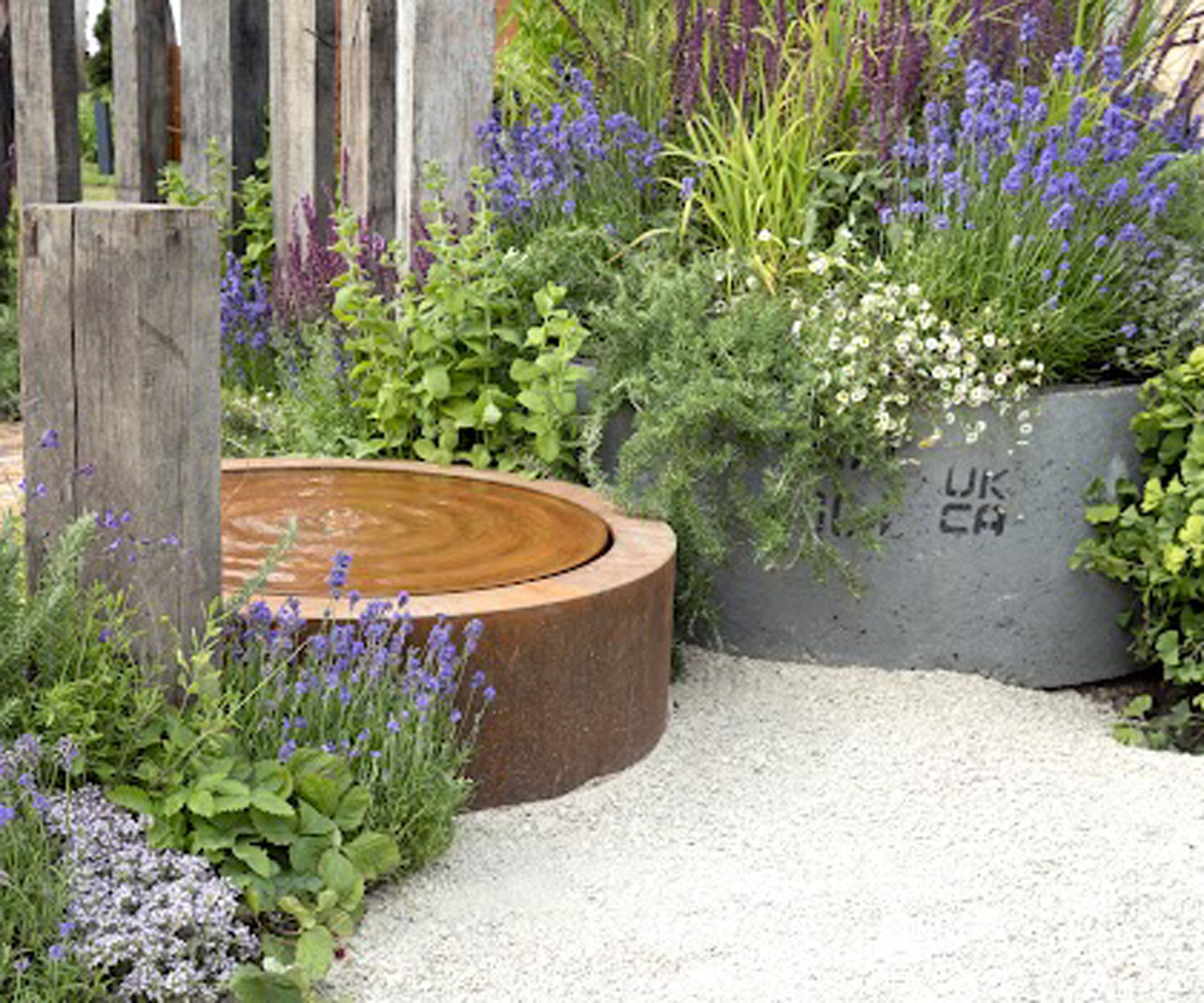
5 of the best viburnum companion plants
If you already know how to grow viburnum, then you won't find it that complicated to grow other shrubs and perennials alongside them.
When choosing viburnum companion plants, the trick is to select species that work for the climate in your region and US hardiness zone.
And, if you have a species that thrives in shade, be sure to grow shade-loving companion plants underneath. Likewise for sunny yards.
Here are five of the best perennials and shrubs to grow alongside your viburnums this year.
Design expertise in your inbox – from inspiring decorating ideas and beautiful celebrity homes to practical gardening advice and shopping round-ups.
1. Weigela
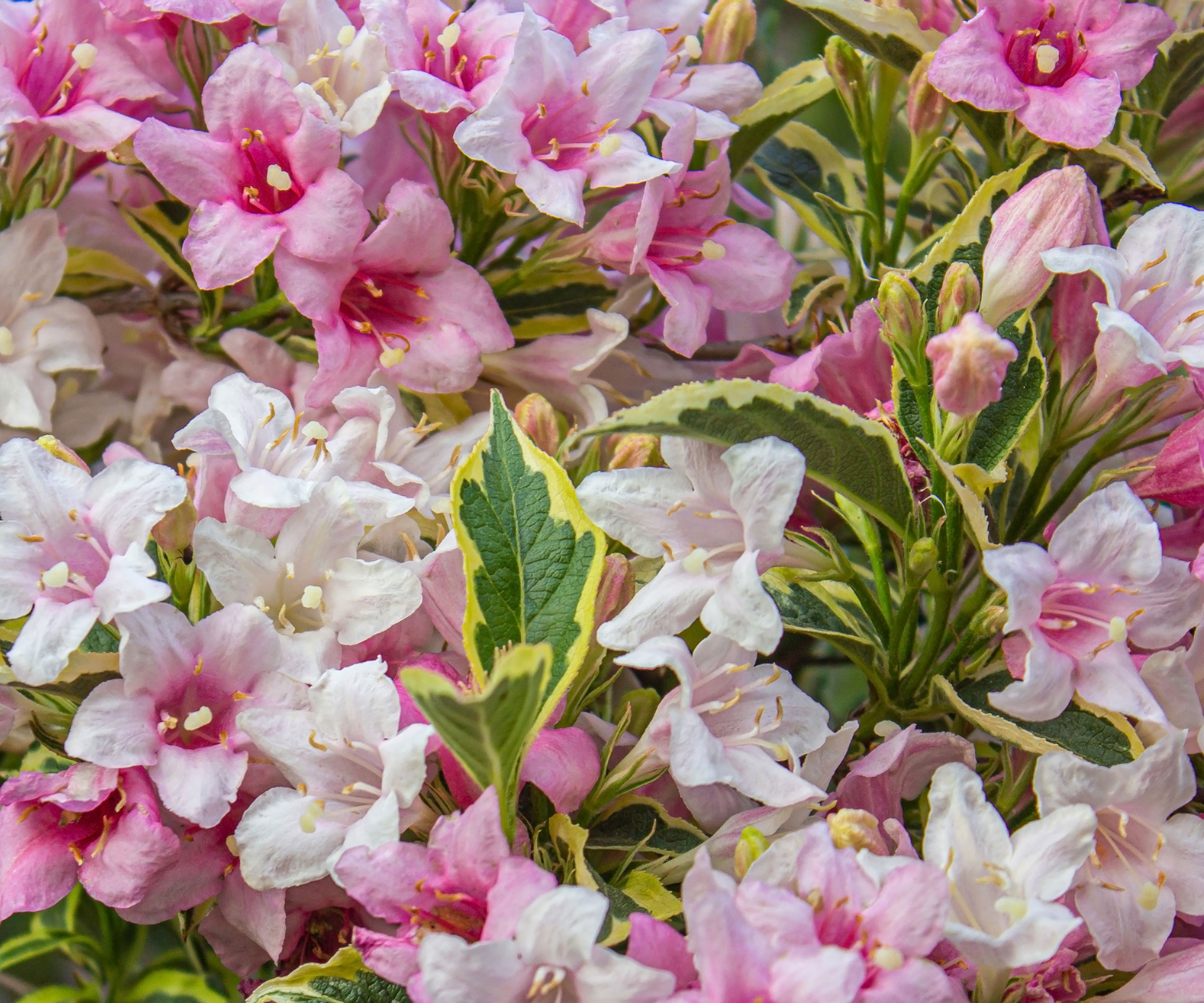
If you want a strong colour contrast to offset viburnum’s deep green leaves, weigela is a solid pick.
'Weigela are some of the best flowering shrubs,' says Tamara Hogan, plant expert and lead horticulturist at Fast Growing Trees.
'If you want a unique option, I recommend this 'Spilled Wine' variety, with live plants available from Fast Growing Trees,' says Tamara.
'With burgundy foliage and fuchsia flowers in spring and summer, this variety provides an excellent contrast to the green viburnums.'
In terms of how to grow weigela, most are hardy down to zone 4, and do best in full sun to part shade, depending on where you live.
'If you reside in a warm location, I would recommend giving them some protection in the afternoon since dark foliage can sometimes go crispy,' Tamara adds. 'They are also tolerant of a range of soils.'

Tamara Hogan graduated from Utah State University with a degree in Ornamental Horticulture and an emphasis in Greenhouse Management. She worked within various horticulture fields before joining Fast Growing Trees as their Horticultural Lead.
2. Red Twig Dogwood
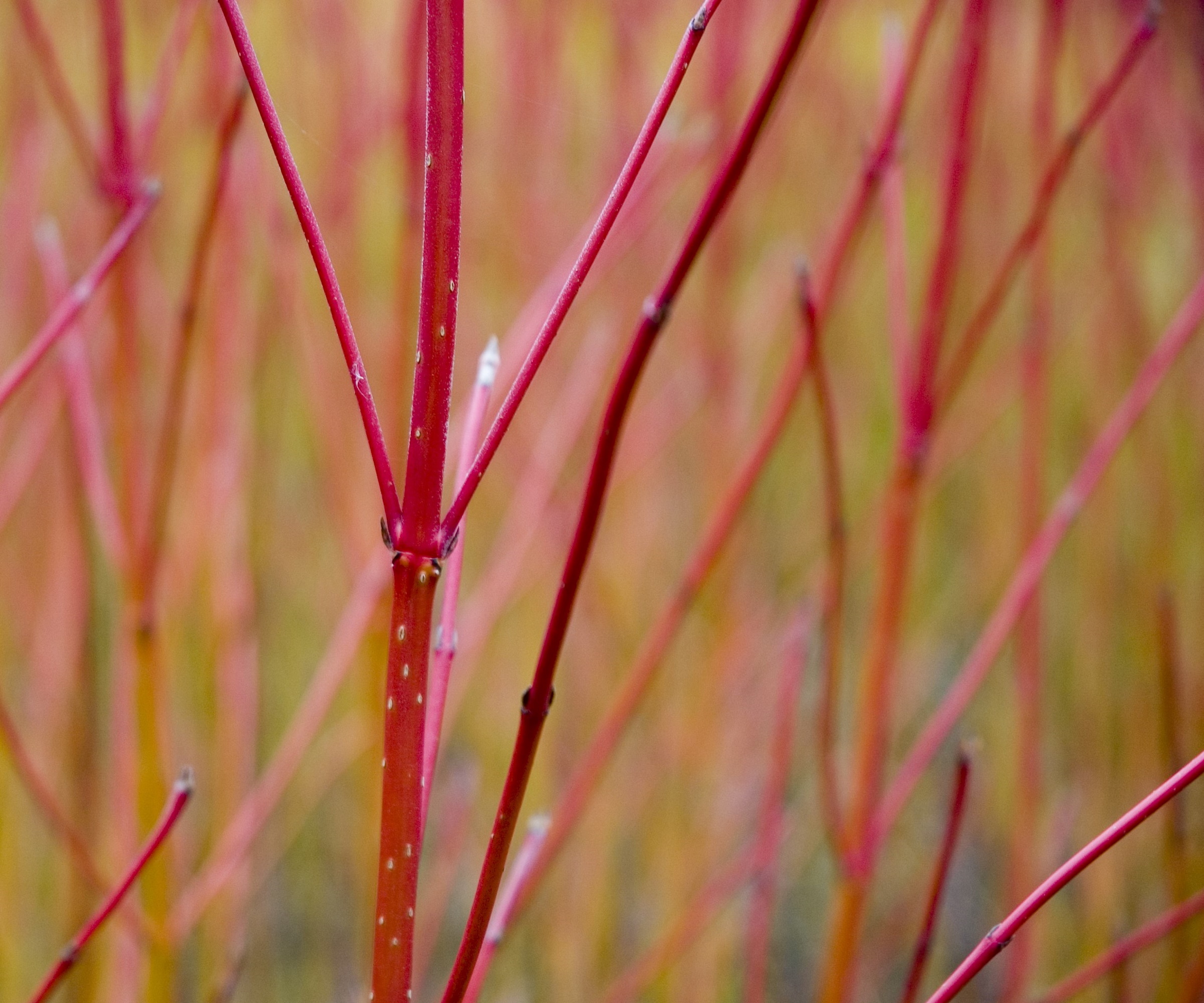
'Red twig dogwood, or Cornus sericea, is one of our best native dogwoods found growing in wooded areas across North America,' Tamara continues.
Live red twig dogwood plants can be ordered now via Fast Growing Trees.
'They are hardy from zone 2 to zone 8, with a preference for full sun to part shade. This is also a great plant for wetter locations to help take up some extra water.
'This plant is a great late-season combination with the viburnum family,' Tamara adds.
'Viburnums tend to have some pretty great fall color, with the American varieties often being used as substitutes for burning bushes.
'And, I think to go from that bright red foliage to the bright red stems of the dogwood is just a wonderful show of color.'
As Tamara says, this is a plant with long-term value. Adding structure, wildlife appeal and seasonal color.
Just be sure to prune red twig dogwood at the right time, usually around late winter, to allow you to enjoy the red stems for the maximum amount of time.
3. Barberry
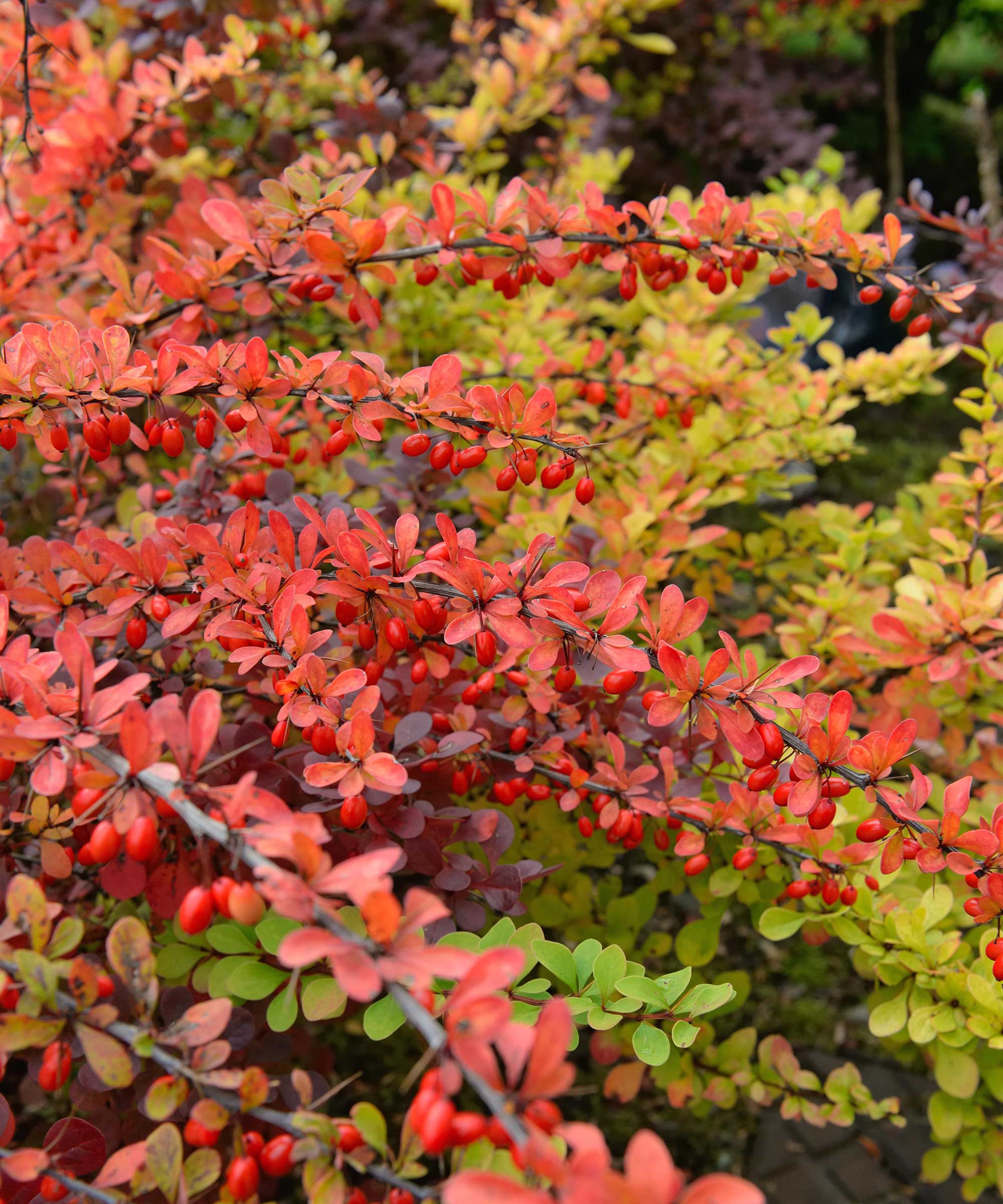
'Another option with burgundy foliage to contrast against your viburnum is Japanese barberry,' Tamara says.
'I love the 'Rose Glow' variety, with live plants available from Fast Growing Trees, which is a variegated option with white and pink leaves.
'Hardy down to zone 4, these are some of the best evergreen shrubs that thrive in sunny yards,' Tamara says.
'They also keep their leaves throughout the year, adding interest when the viburnum has defoliated.
'However, barberries can have a state restriction on them, as these fast-growing shrubs can be invasive plants in certain regions.
'So, it is always best to seek guidance from your local government office before adding them to your plot.'
4. Thuja
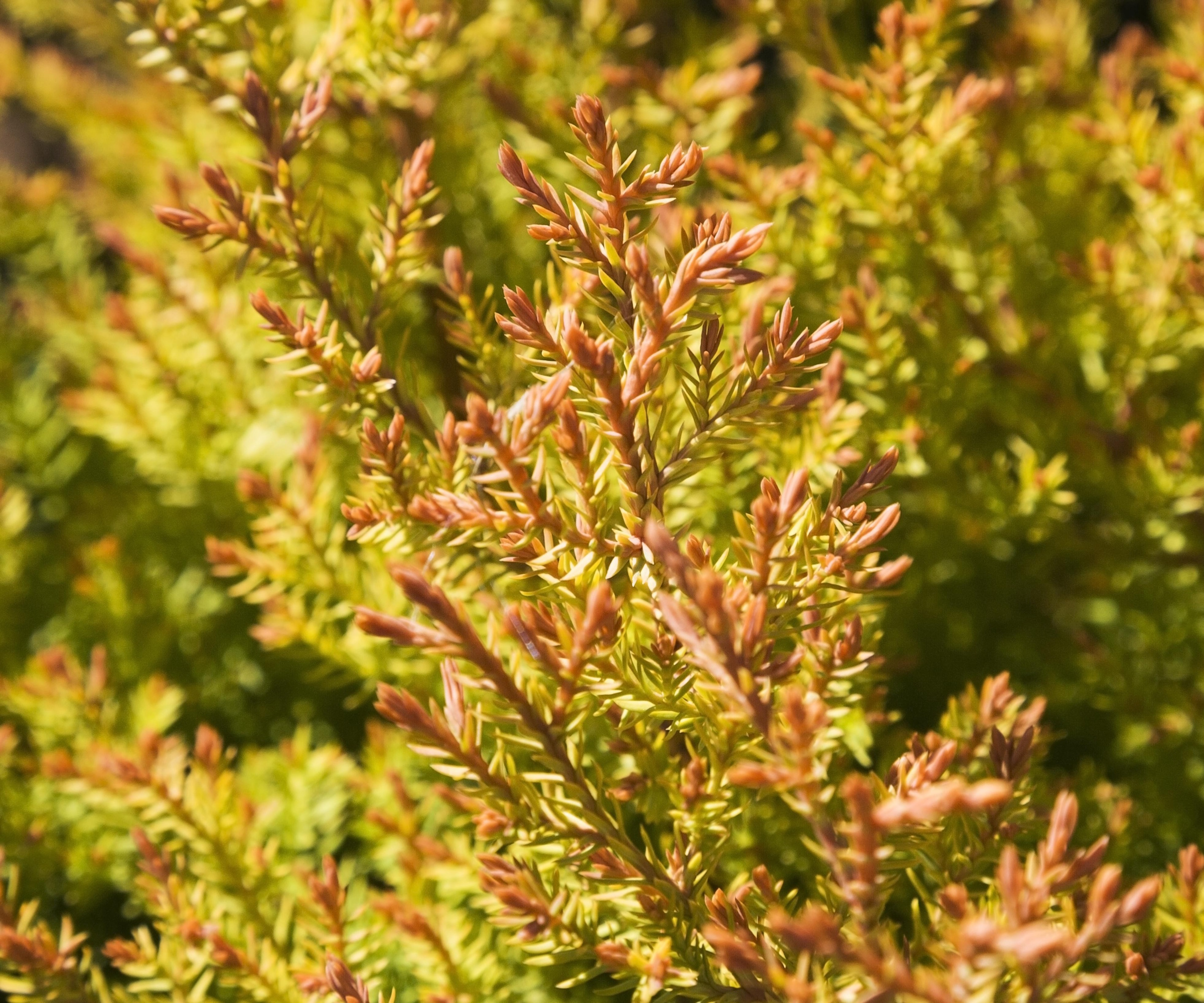
'When growing deciduous viburnums, I like to pair them with evergreens, in either different colors or different textures to elevate my borders,' Tamara says.
'One of my go-to plants is the 'Fire Chief' thuja, or arborvitae, which is a multi-colored conifer that has bright orange tips throughout the growing season.'
Live 'Fire Chief' plants are available to order from Fast Growing Trees.
In general, thuja is one of the easiest evergreen trees and shrubs to grow in borders, and is hardy down to zone 5, tolerating cold winters without any worry.
In fact, it is often considered one of the best evergreen shrubs that thrives on neglect, as it is so low-maintenance.
'They do great in full sun,' Tamara says, 'and can handle a variety of soil conditions.'
Just be sure to provide a deep watering in the first year, to help your plant settle into your yard.
5. Juniper
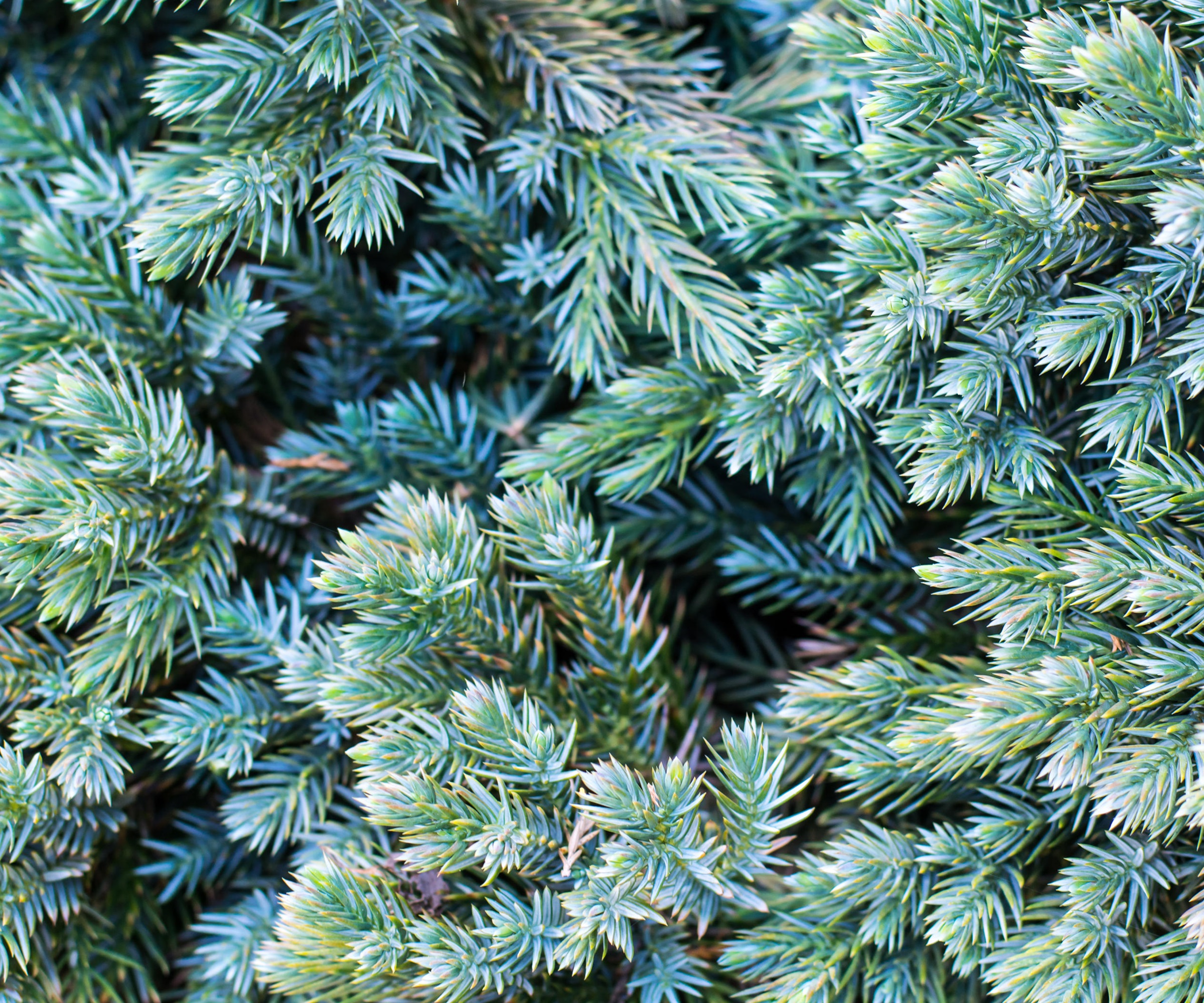
Another good option if you are looking for viburnum companion plants is creeping juniper, or Juniperus horizontalis.
Live juniper plants can be ordered online via Fast Growing Trees.
This native plant is one of the easiest ground cover plants that is found growing across North America.
It is low-growing, often reaching no more than two feet tall, so it is a good option if you want to create a green carpet effect around your larger viburnum shrubs.
Creeping juniper can grow down to zone 4, and is a versatile plant, typically thriving in most locations, growing well in full sun and poor soils.
FAQs
What shade-tolerant perennial works well alongside viburnums?
If your viburnum grows in a dark corner of the yard, it is a good idea to use full-shade perennials. Try growing bunchberry dogwood or foamflowers, both of which are native to North America and thrive in darker situations. Dozens of hosta varieties would also help to illuminate shady spots, such as this 'Blue Angel' hosta, available from Fast Growing Trees.
Whatever viburnum companion plants you opt to grow, it is best to add them to your yard during spring or fall, when the temperature is mild and the soil is slightly damp.
After planting, be sure to water thoroughly and give your borders a good mulching to help retain moisture and prevent weed growth for the year ahead.
Shop garden equipment

Thomas is a Content Editor within the Gardens Team at Homes and Gardens. He has worked as a professional gardener for both public spaces and private estates, specializing in productive gardening, growing food and flowers. Trained in Horticulture at the Garden Museum, he has written on gardening and garden history for various publications, including The English Garden, Gardens Illustrated, Hortus, The London Gardener and Bloom. He has co-authored a Lonely Planet travel book, The Tree Atlas, due out in 2024.
-
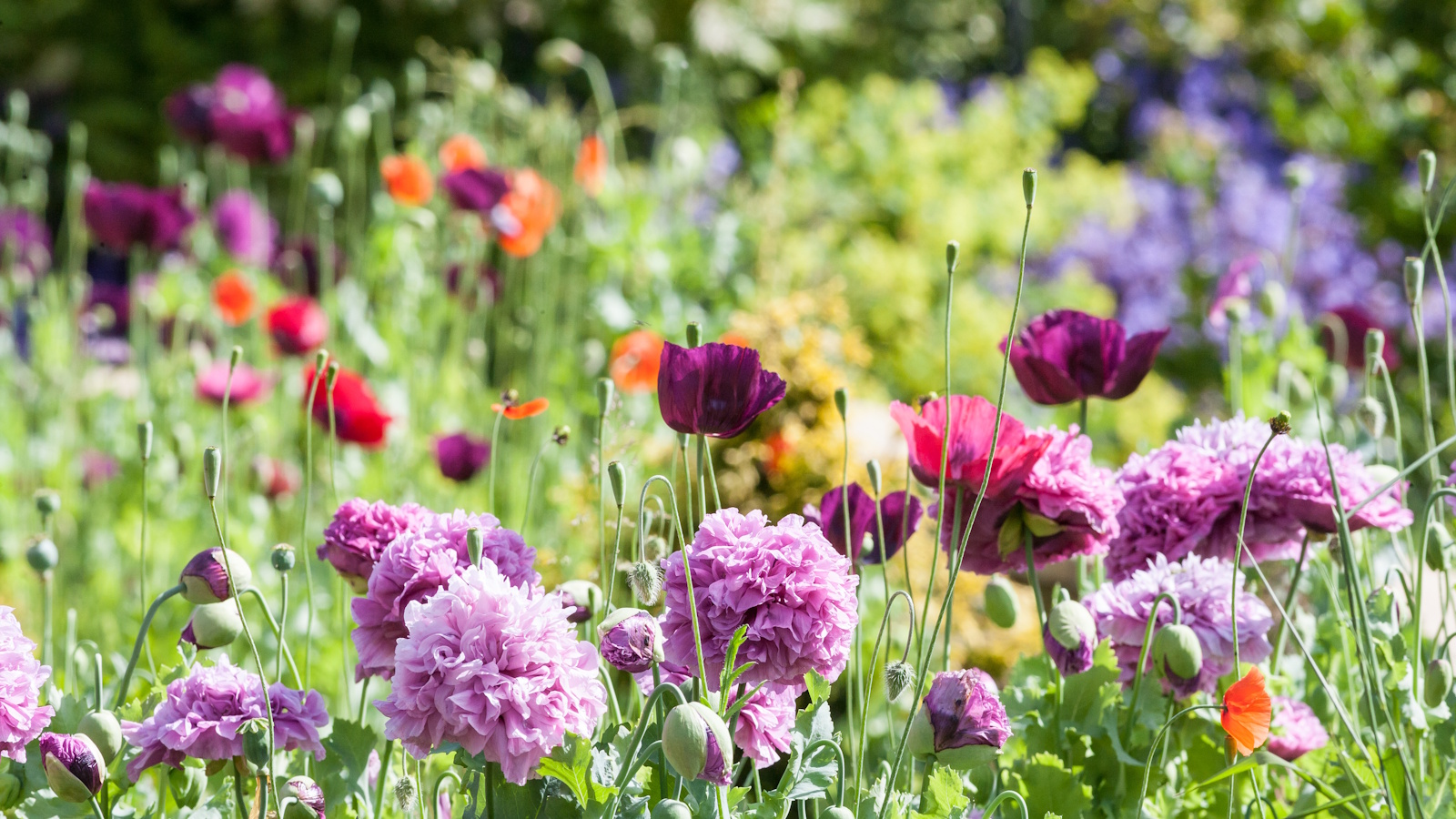 We Asked 3 Landscape Designers How They Prep Their Gardens in Late December – Here’s What They Always Do For a Stress-Free Yard in 2026
We Asked 3 Landscape Designers How They Prep Their Gardens in Late December – Here’s What They Always Do For a Stress-Free Yard in 2026You can get ahead now too for a beautiful spring yard
-
 Move Over, White Cabinets – the Chicest People I Know Are Painting Their Kitchens Deep Blue, Starting with Reese Witherspoon
Move Over, White Cabinets – the Chicest People I Know Are Painting Their Kitchens Deep Blue, Starting with Reese WitherspoonWhite kitchens will always feel stylish, but there's something about a stunning blue that feels more atmospheric – and designers agree
-
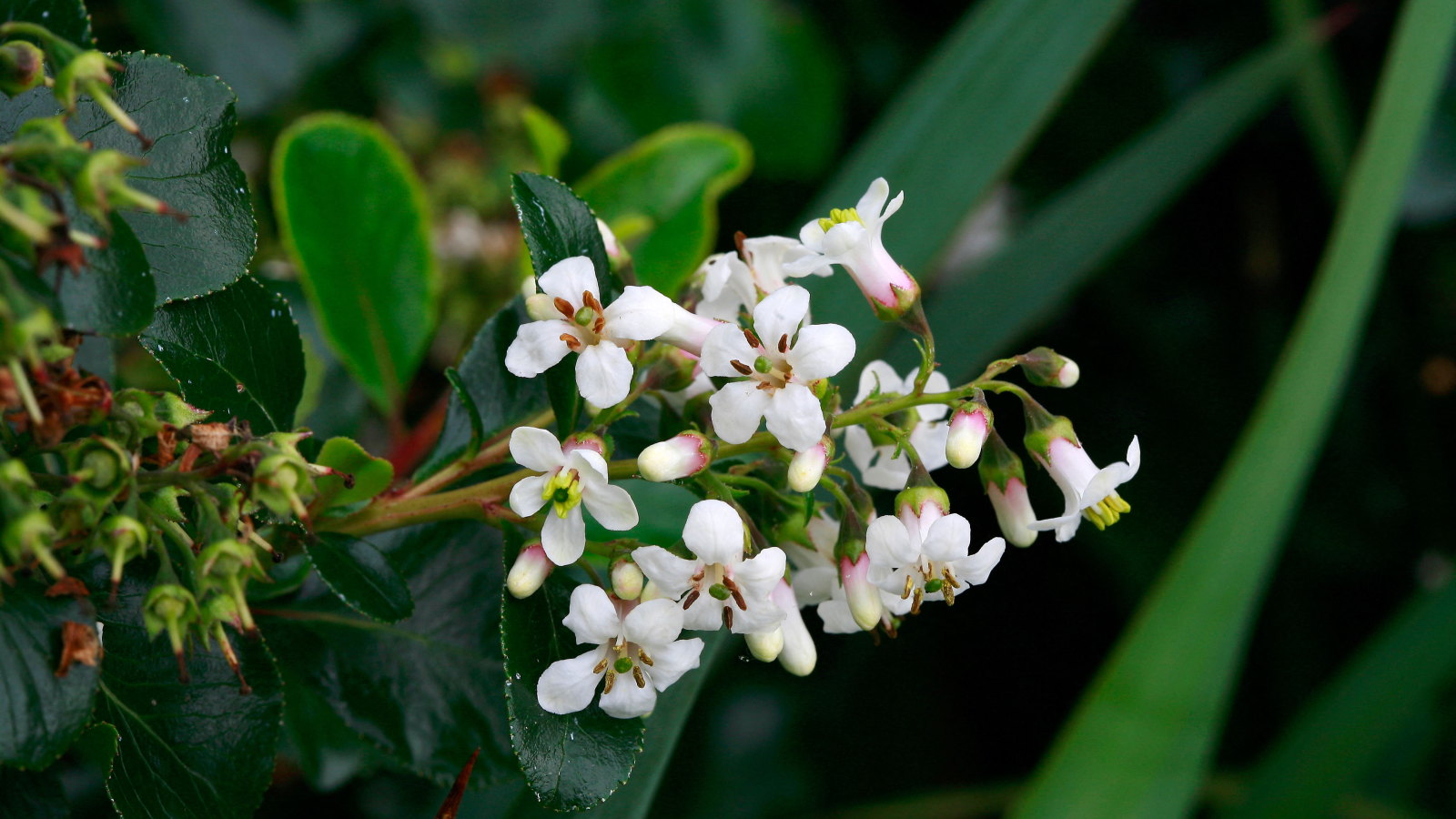 Freezing Winds Can Be a Killer for Escallonia – Experts Reveal the 3 Best Tactics to Overwinter Your Shrubs and Prevent Frost Damage
Freezing Winds Can Be a Killer for Escallonia – Experts Reveal the 3 Best Tactics to Overwinter Your Shrubs and Prevent Frost DamagePerfect tips for gardeners in cold-weather climates who want to keep their shrubs safe
-
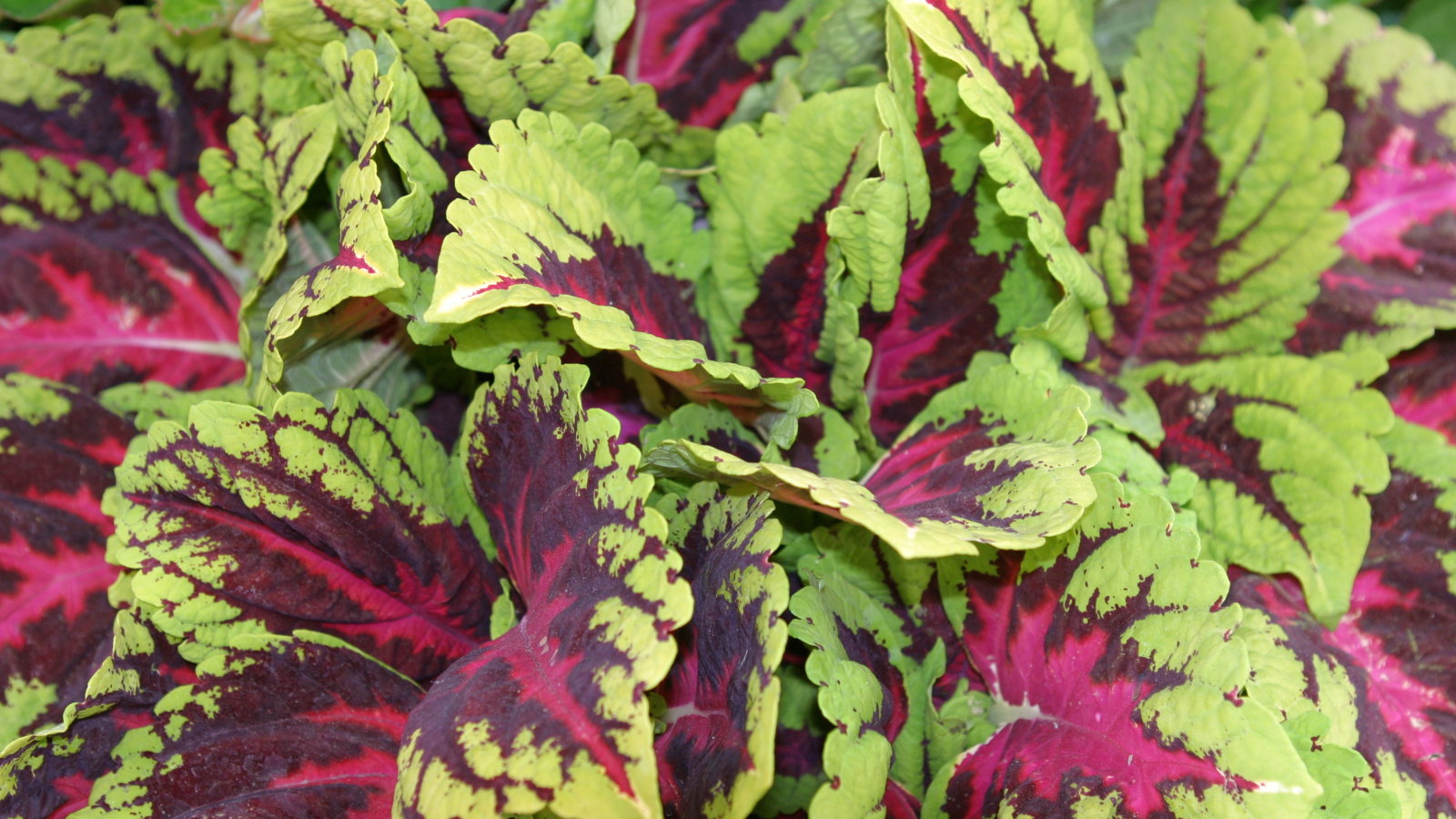 Don't Lose Fantastic Foliage Plants to Frost – Here are 2 Ways to Overwinter Coleus and Enjoy the Vibrant Leaves Next Year
Don't Lose Fantastic Foliage Plants to Frost – Here are 2 Ways to Overwinter Coleus and Enjoy the Vibrant Leaves Next YearGardening experts reveal how simple overwintering coleus can be
-
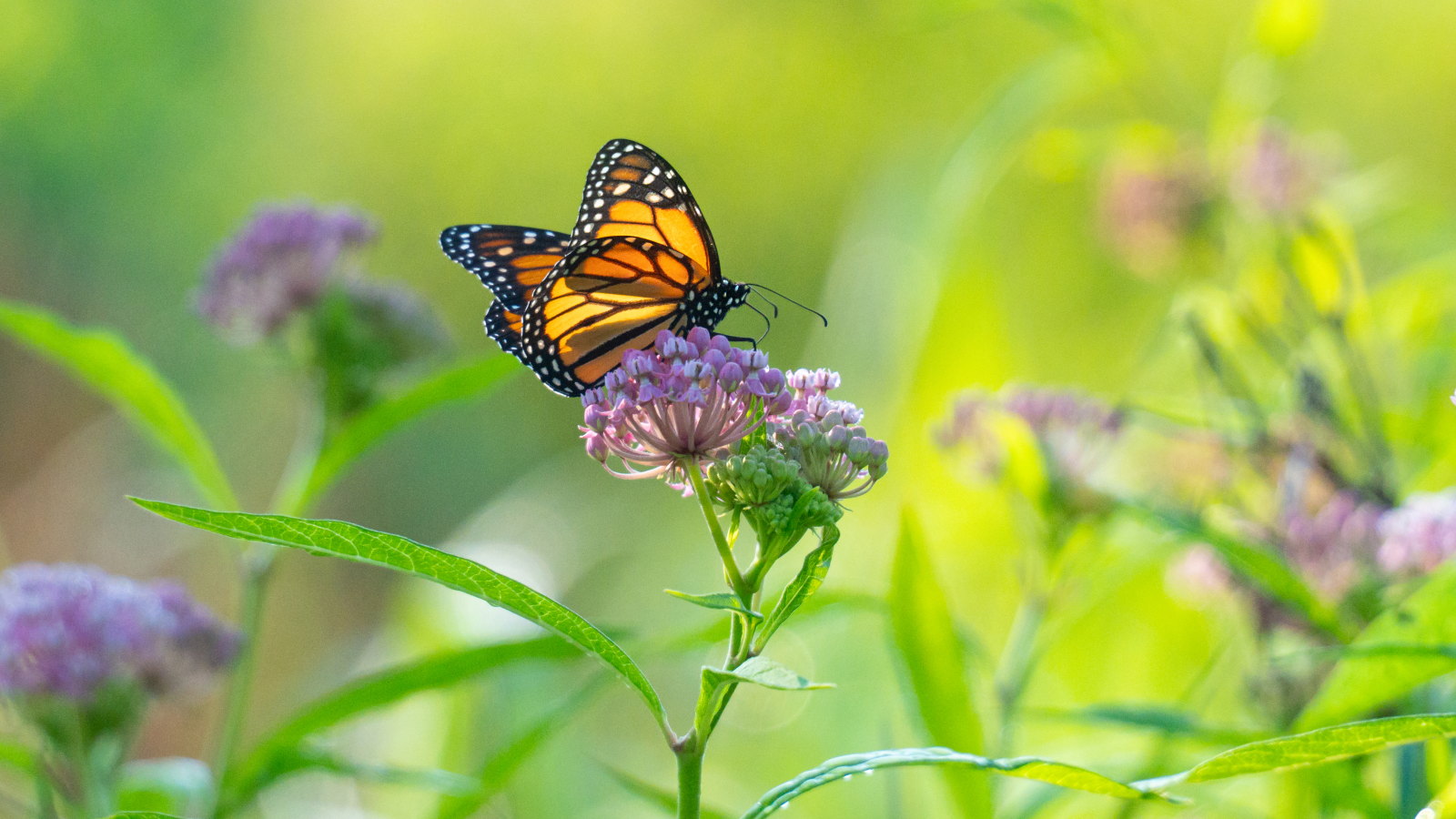 Late Fall is a Perfect Time to Sow This Pollinator-Friendly Perennial – Here's How to Plant Milkweed Seeds
Late Fall is a Perfect Time to Sow This Pollinator-Friendly Perennial – Here's How to Plant Milkweed SeedsMilkweed is crucial for Monarch butterflies, plus popular with other pollinators
-
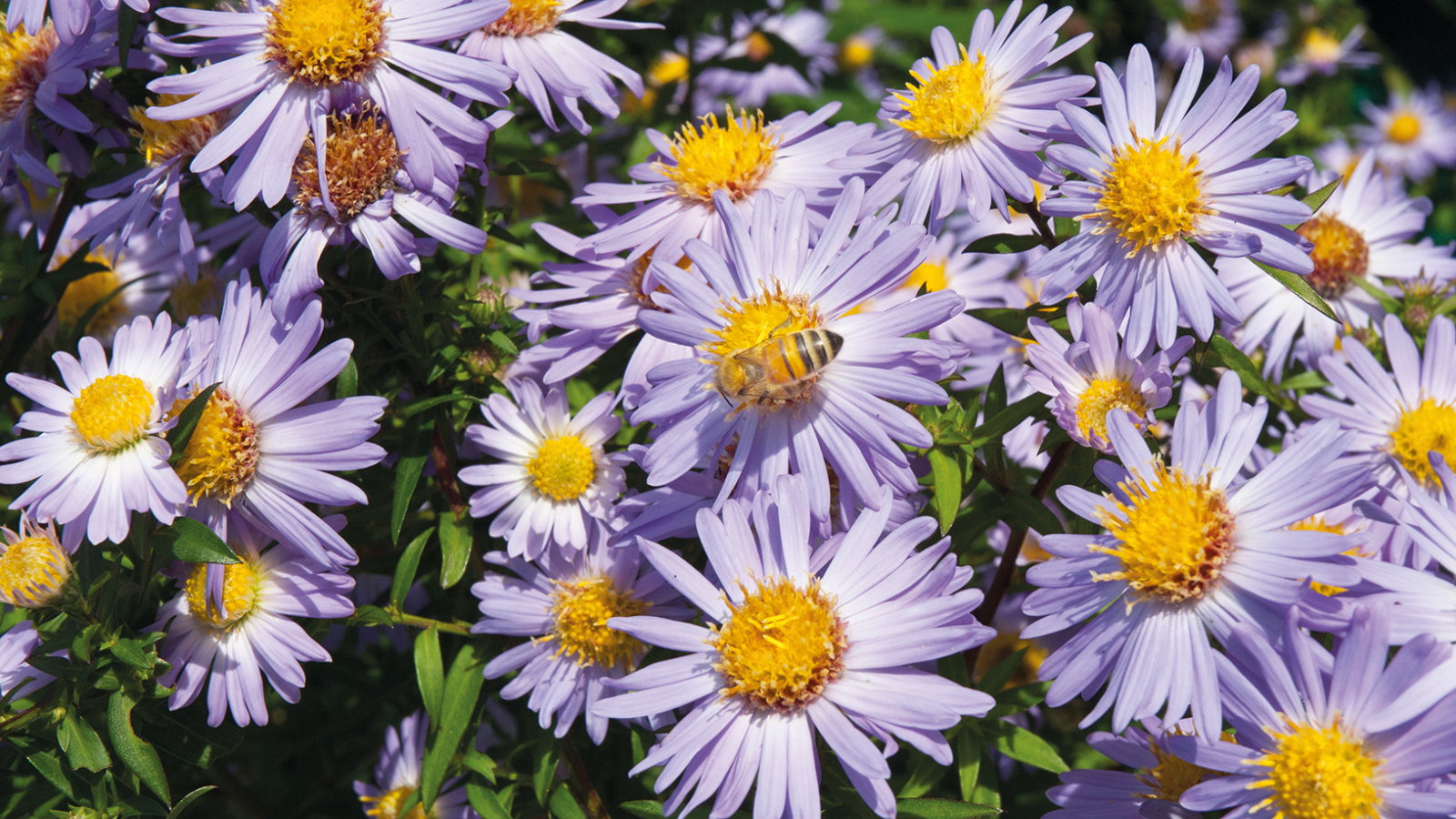 What To Do With Asters in the Fall After Flowering to Guarantee Another Spectacular Display Next Year
What To Do With Asters in the Fall After Flowering to Guarantee Another Spectacular Display Next Year5 tasks to consider for overwintering asters
-
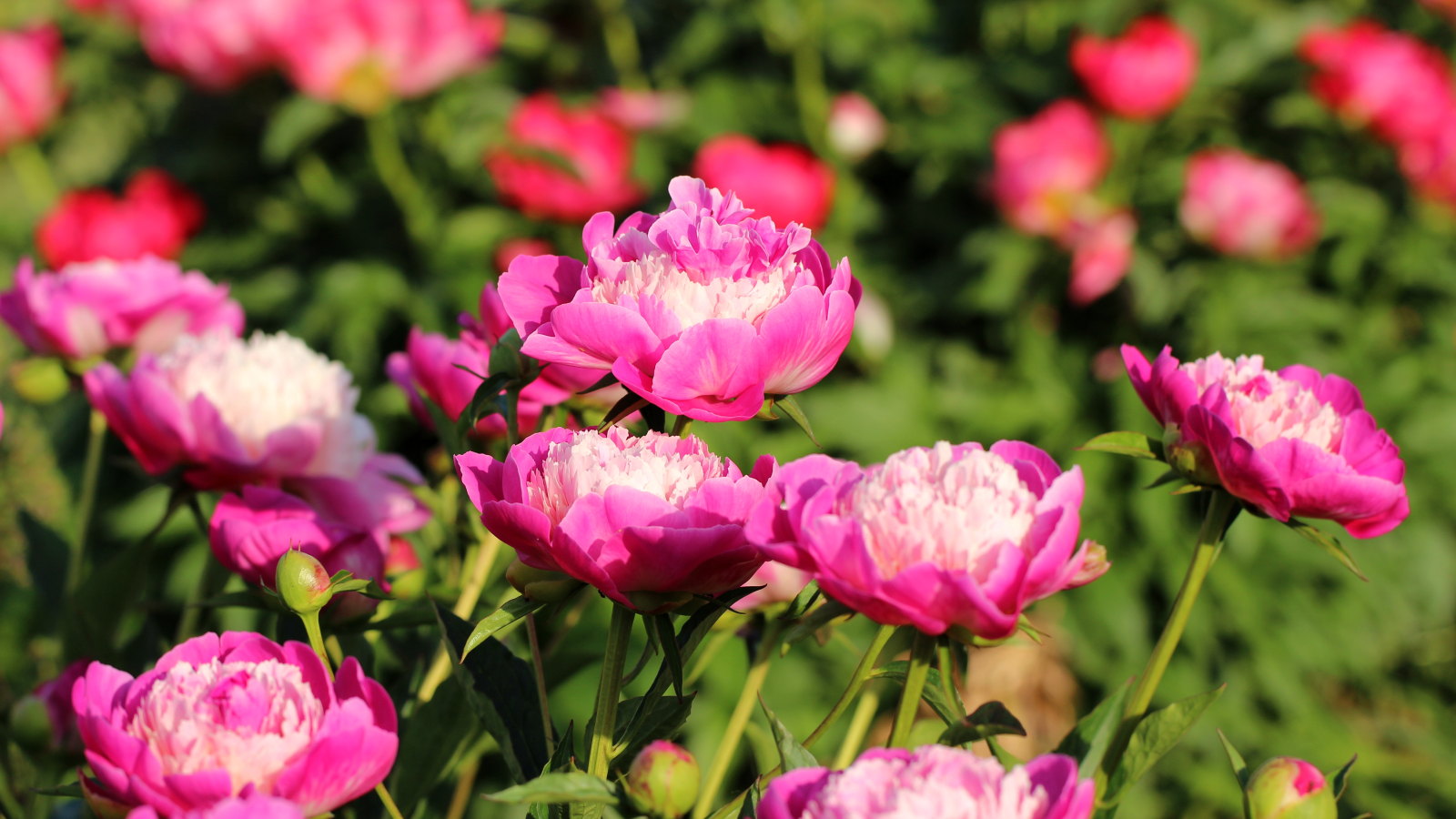 How to Care For Peonies in The Fall – 4 Tasks to do Before Winter Arrives
How to Care For Peonies in The Fall – 4 Tasks to do Before Winter ArrivesHere's what to do with peonies in the fall
-
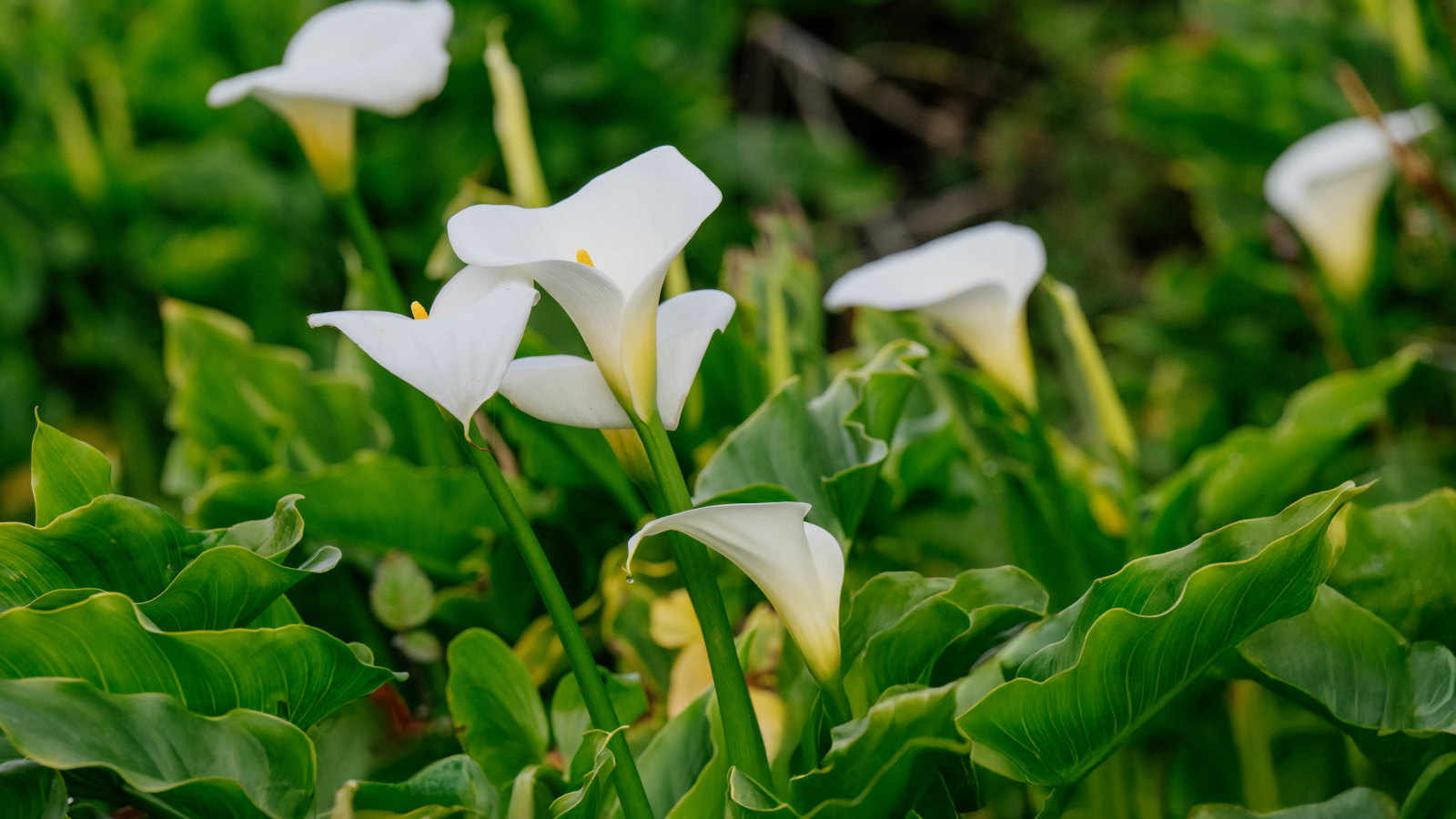 Your Climate Dictates Whether to Winterize Calla Lilies Outdoors or Indoors – Here's How to Overwinter Plants Successfully Both Ways
Your Climate Dictates Whether to Winterize Calla Lilies Outdoors or Indoors – Here's How to Overwinter Plants Successfully Both WaysIncluding how to lift and overwinter calla lilies in colder climates in 5 simple steps
-
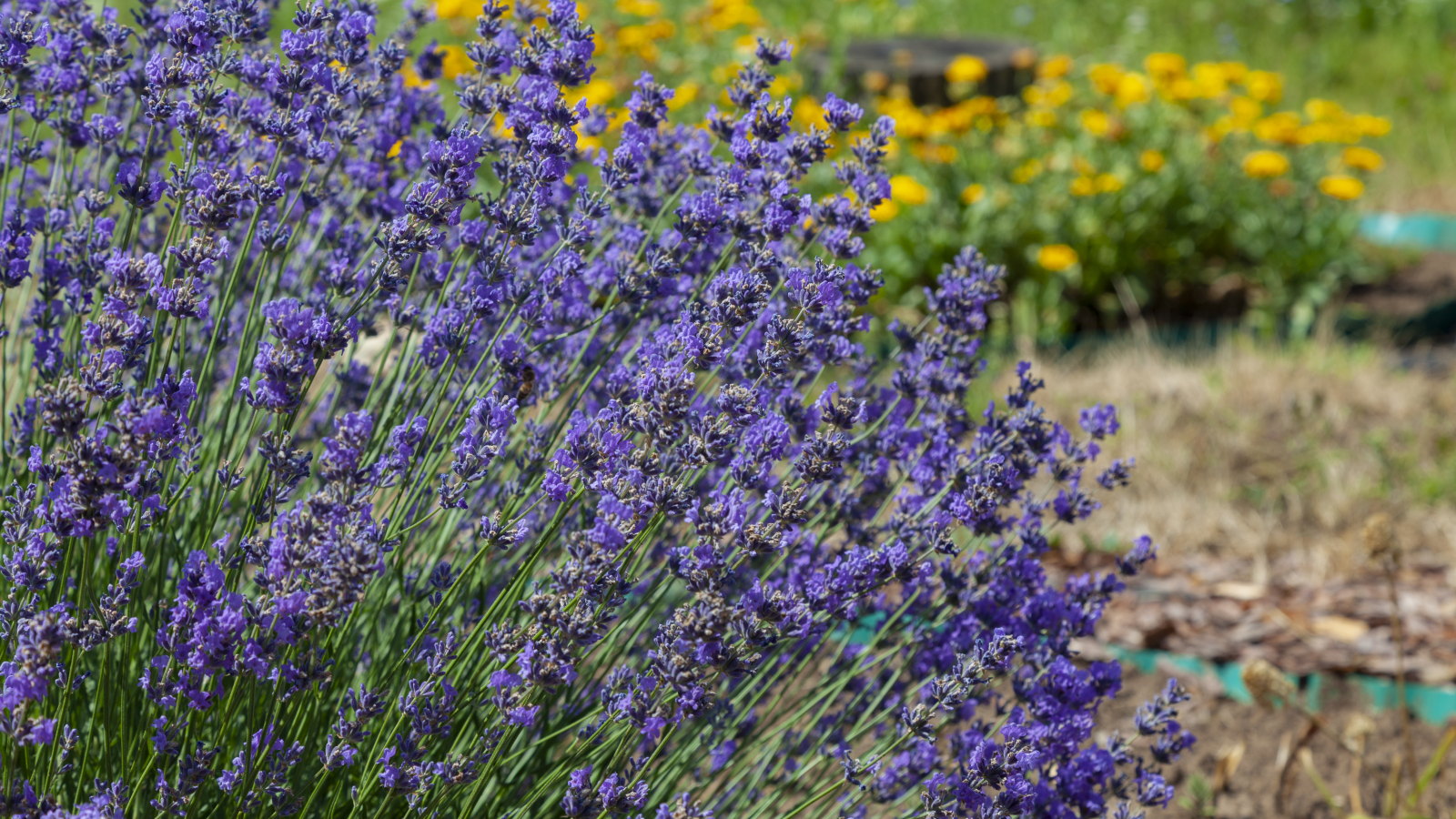 Can You Plant Lavender In The Fall? These Do's and Don'ts Will Prevent You From Losing Plants Unnecessarily
Can You Plant Lavender In The Fall? These Do's and Don'ts Will Prevent You From Losing Plants UnnecessarilyWe reveal when you can and can't plant
-
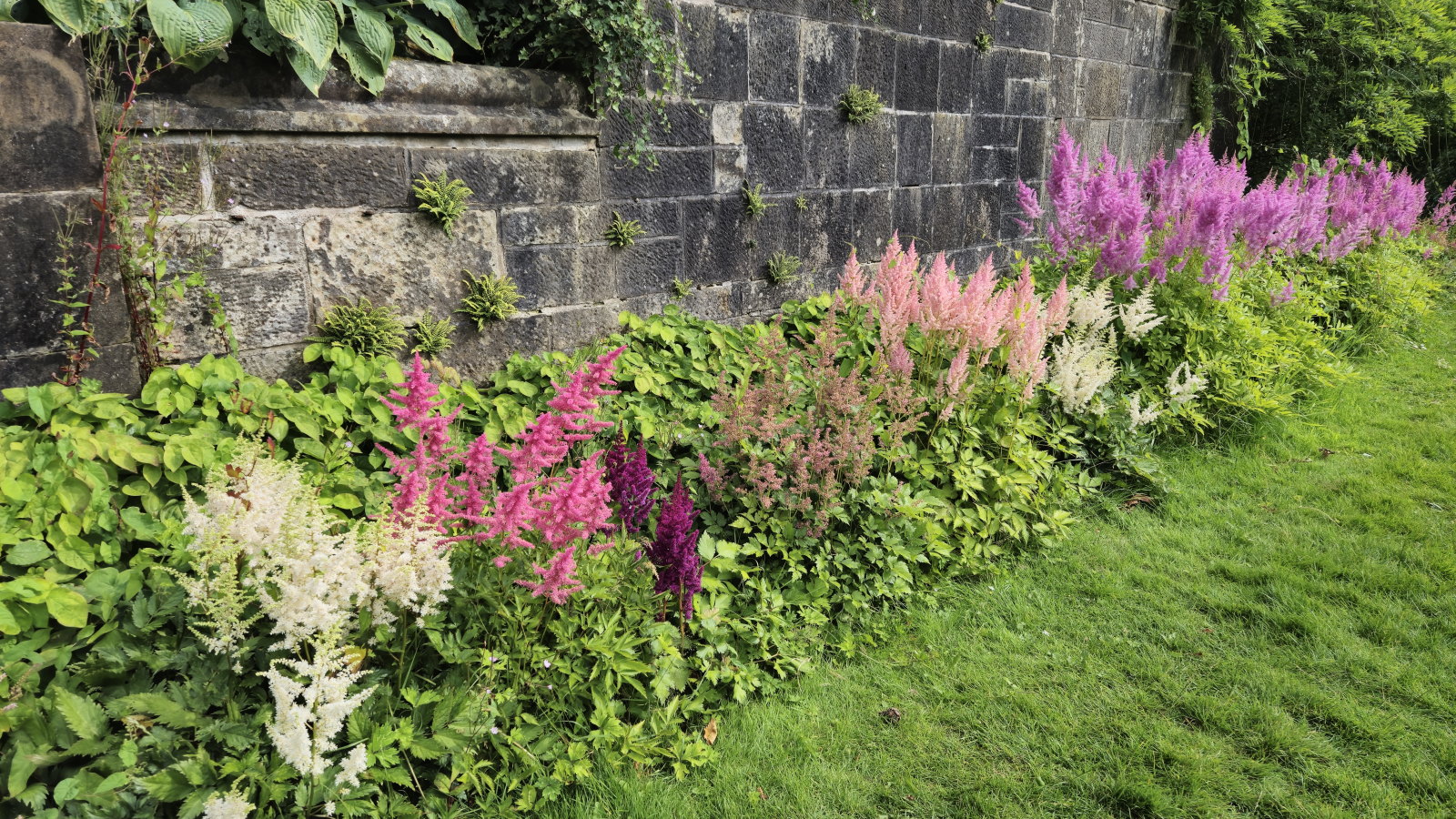 How to Care For Astilbe in the Fall to Keep Plants Healthy and Have Great Displays Year After Year
How to Care For Astilbe in the Fall to Keep Plants Healthy and Have Great Displays Year After YearDiscover 4 key seasonal tasks to add to your to-do list
